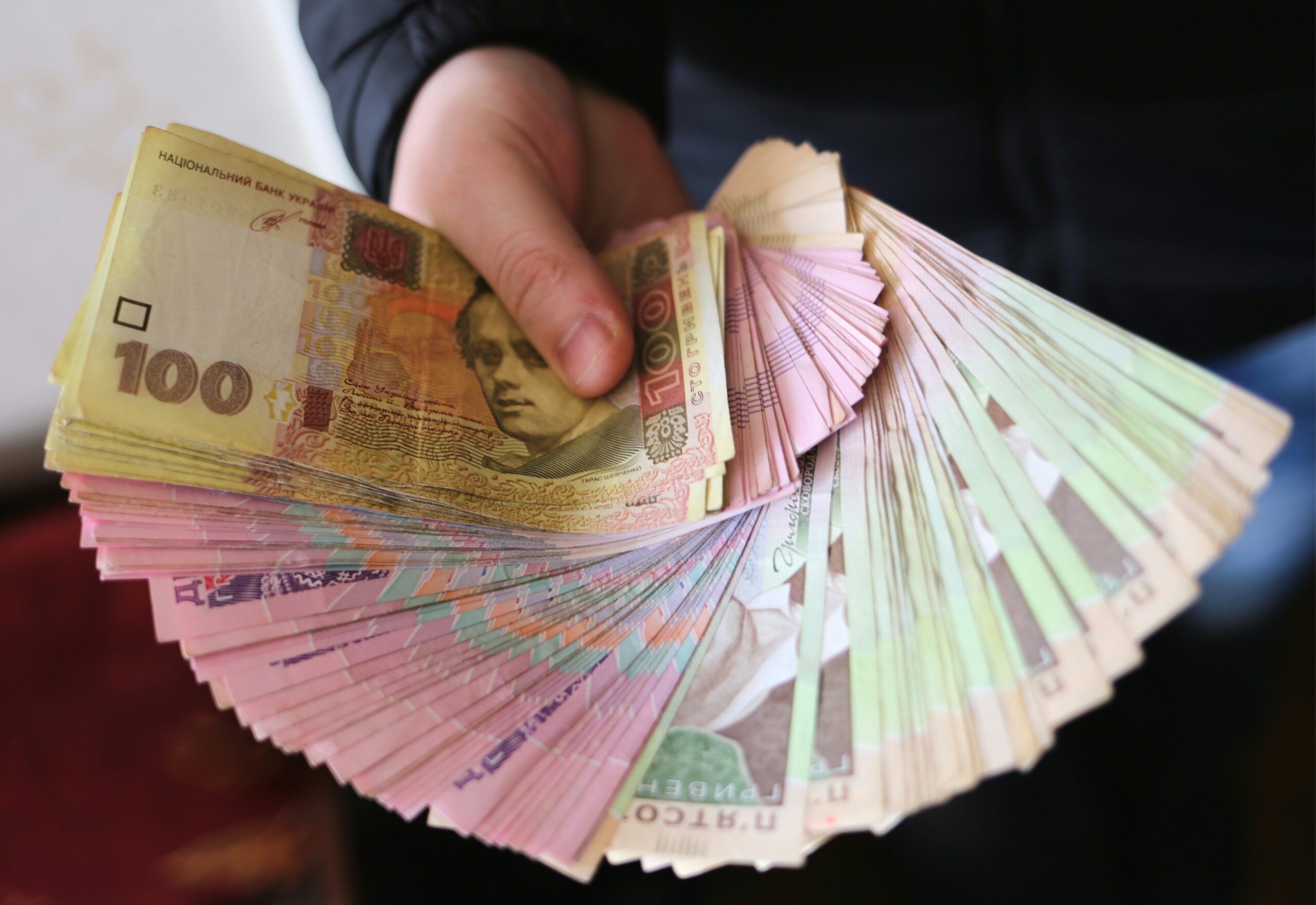GCC: Investors are less attracted by oil and gas and more by future growth
Gulf economies are planned to grow at a rate of around 4% per annum over the next five years
The Gulf Cooperation Council region is undergoing a transformation. Historically tied to energy prices, the region is now diversifying its economies. This is being reflected in equity and bond market performance, reports OMFIF.
GCC economies are projected to grow at a rate of around 4% per annum over the next five years. This growth is fuelled by the region’s dominance in global energy markets but also by government-led initiatives aimed at diversifying local economies away from oil and gas. The vision plans launched by each GCC country, with the goal of sustainable economic development, are central to this transformation.
The vision plans are key drivers of the GCC’s transformation. These plans encompass a wide range of objectives, including developing non-oil sectors, promoting private sector investment and enhancing social and environmental sustainability.
GCC equity markets evolved from limited access to greater global integration. The inclusion of GCC countries in the MSCI Emerging Markets Index and MSCI All Country World Index is testament to this progress. While the GCC’s representation in the EM index has increased considerably, the region remains underrepresented in global indices, suggesting potential for further growth.
By sector, financials are dominant in GCC equity markets. However, the analytics expect this sectoral concentration to shift as diversification efforts gain momentum and developments in areas such as healthcare, education, smart infrastructure, renewable energy and technology present investors with a wider array of growth opportunities.
According to Bloomberg data, GCC equities have consistently outperformed the broader emerging markets index over the past decade, despite various global challenges. What may be surprising for some is that GCC equities actually exhibit a lower-than-expected correlation with oil prices — relative outperformance is attributed to the region’s resilience and strategic efforts to diversify its economic base and equity markets.
The GCC’s economic diversification plans have driven substantial fixed income issuance to fund growth. The total amount of outstanding bonds issued by GCC countries has more than tripled since 2019, reaching nearly $1.4tn by September 2024. Of particular note has been the surge in local currency bond issuance, indicating a deepening of local bond markets. There has also been a notable rise in Sukuk and green bond issues.
Looking forward, the GCC region offers growth potential, diversification benefits and evolving sector dynamics. Challenges such as liquidity constraints and a volatile geopolitical landscape should be noted but the GCC’s transformation and integration into the global financial system make it an investment destination worth considering for any well-diversified portfolio.
More From “Investments”

How Abu Dhabi Global Market shapes the UAE as a global crypto hub

Aramco and Ma’aden are to mine lithium in Saudi Arabia

UAE to expand operations in Kazakhstan following $30mln investment

Saudi Arabia raised $12bln in international bonds amid strong demand

UAE’s DAMAC Properties to invest $20bln in US data centers

Emirati billionaire sees more Gulf investments into US under Trump

Saudi Arabia raised $3.09bln in sukuk issuances for December

UAE’s non-oil sector business activity hits 9-month high

Fitch: GCC debt capital market hits $1 trillion

Kuwait equities lead GCC Markets on banking gains and energy deals

Saudi Arabia accounted for 40% of the VC capital in MENA in 2024

UAE’s Phoenix Group launches US crypto mining facility



